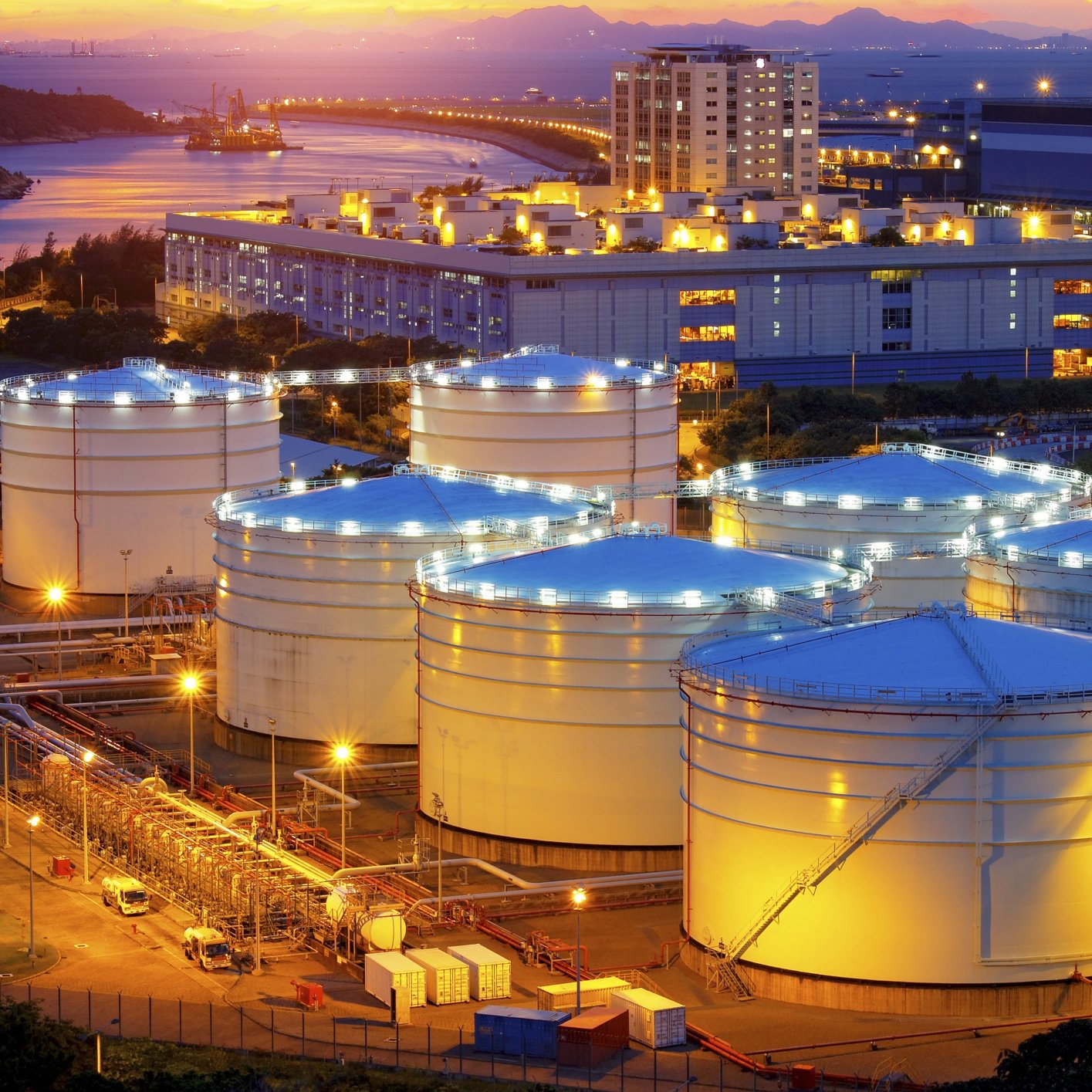Energy
Will US Energy Production Growth Stifle OPEC-Led Cuts?

Published:
Last Updated:

Oil and gas production are rising at an “accelerating rate,” according to a survey released on Wednesday by the Federal Reserve Bank of Dallas, which includes all of Texas, the southern half of New Mexico and the northern half of Louisiana. Oil country, in other words.
The Dallas Fed’s quarterly energy survey’s six-month outlook was particularly strong for oilfield services companies. About 70% reported an improved outlook, while 50% of exploration and production (E&P) firms saw an improvement in the near term. Capital spending continues rising and most E&P firms reported expected increases in 2018 capex as well.
While it might be an overstatement to say that E&P firms are buoyant, it is probably fair to say that they are confident. For example, the Fed asked about future production in the Permian Basin, where current production tops 2.2 million barrels a day. By the end of this year, production estimates ranged from 2.0 million to 4.0 million barrels a day; at the end of the next five years production estimates ranged from 2.0 million to 5.5 million barrels a day; and 10 years from now, company executives estimate production in a range of 2.0 million to 7.0 million barrels a day. Notice that production is not expected to drop below current levels at any time in the next decade.
How accurate these estimates turn out to be is anyone’s guess because a lot depends on the price of oil and on the availability of pipelines to move the oil to market. As we have recently seen, when prices drop sharply below $40 a barrel, investment in new exploration pulls way back, and without new drilling, even maintaining production at 2 million barrels a day could be challenging.
The rapid rise in U.S. production, primarily from the Permian Basin, almost certainly means that OPEC and its allies will have to continue with their production cut through the end of this year instead of returning to full production in July as planned. Barring some black swan event in the United States, the cartel may discover that cutting production will fail to rebalance the market and drive the price to the desired level of $60 a barrel.
Here’s one reason pushing the price that high is problematic. In response to a Fed survey question on what price an E&P company needs to cover operating expenses for existing wells in its two top plays, answers ranged from $24 to $38 a barrel. When asked what price is needed for new drilling, answers ranged from $46 to $55 a barrel. Not only is a price around $55 sufficient for new drilling, it boosts producers hedging and that helps them weather lower prices in the event of a downturn.
See the full report from the Dallas Fed for more detail.
The survey was conducted between March 15 and March 23 and 153 firms responded: 78 E&P firms and 75 oilfield services firms. At the time the survey was conducted, respondents expected West Texas Intermediate prices to rise to $53.49 a barrel by the end of the year. Natural gas prices are expected to remain near recent levels of around $3 per million BTUs.
Finding a qualified financial advisor doesn’t have to be hard. SmartAsset’s free tool matches you with up to 3 fiduciary financial advisors in your area in 5 minutes. Each advisor has been vetted by SmartAsset and is held to a fiduciary standard to act in your best interests. If you’re ready to be matched with local advisors that can help you achieve your financial goals, get started now.
Thank you for reading! Have some feedback for us?
Contact the 24/7 Wall St. editorial team.